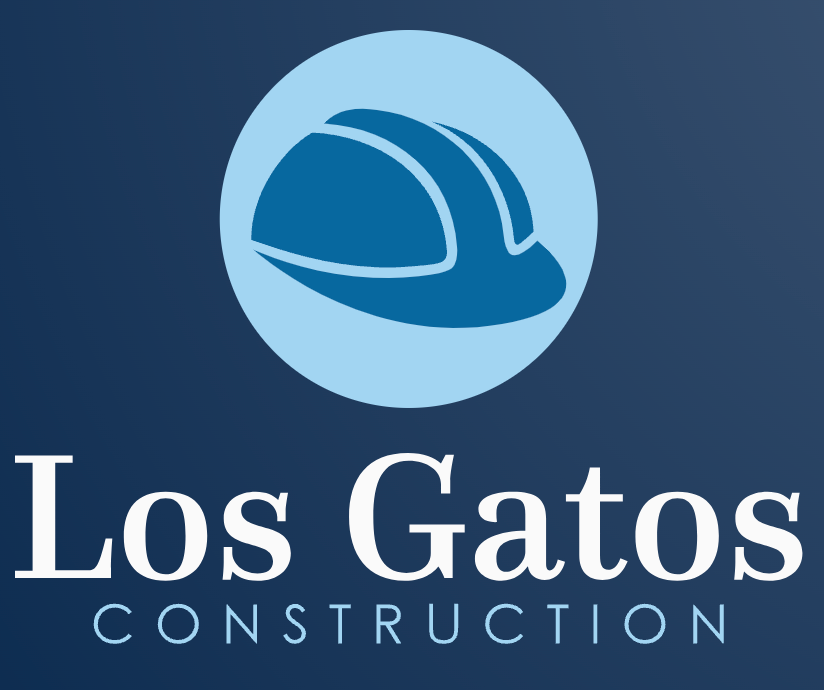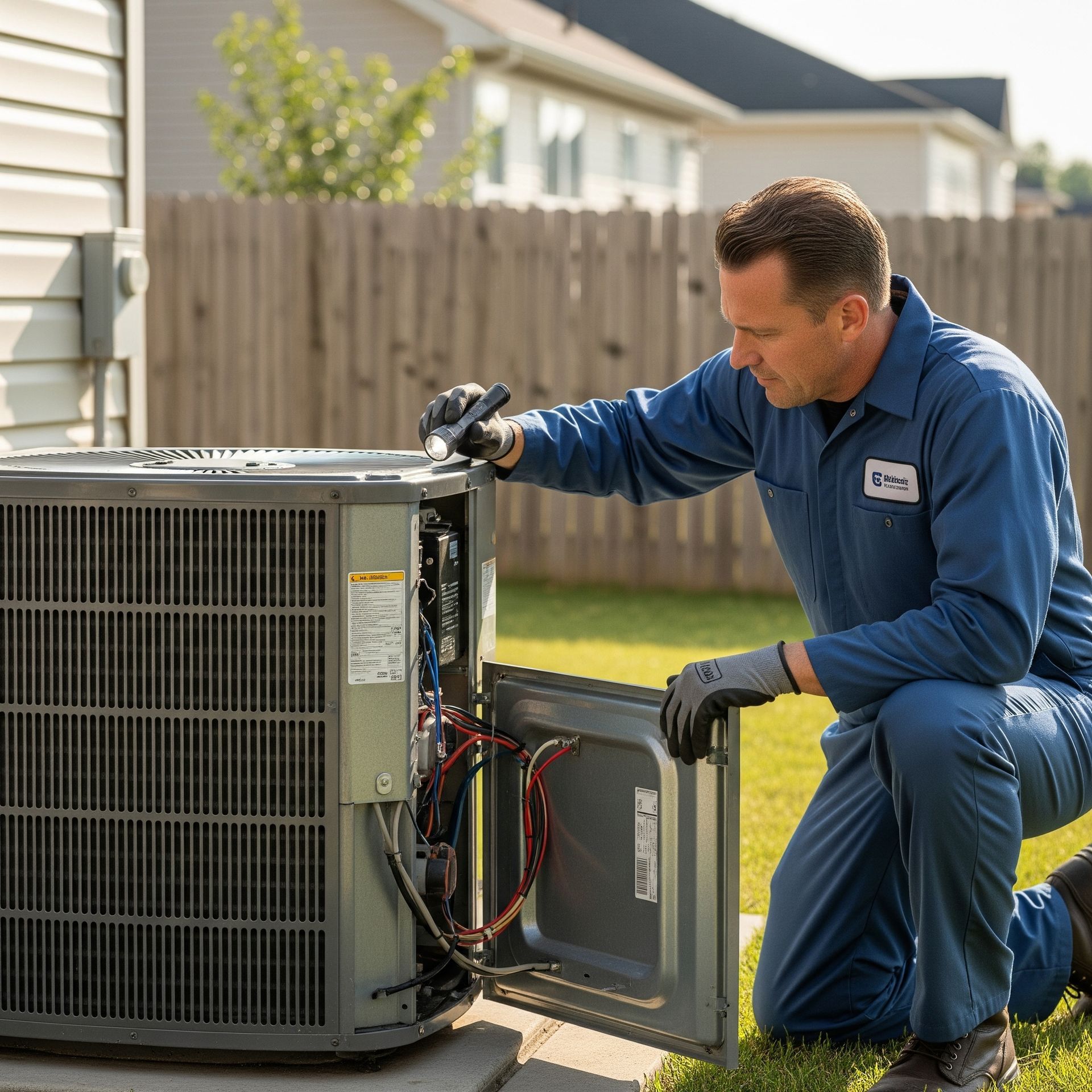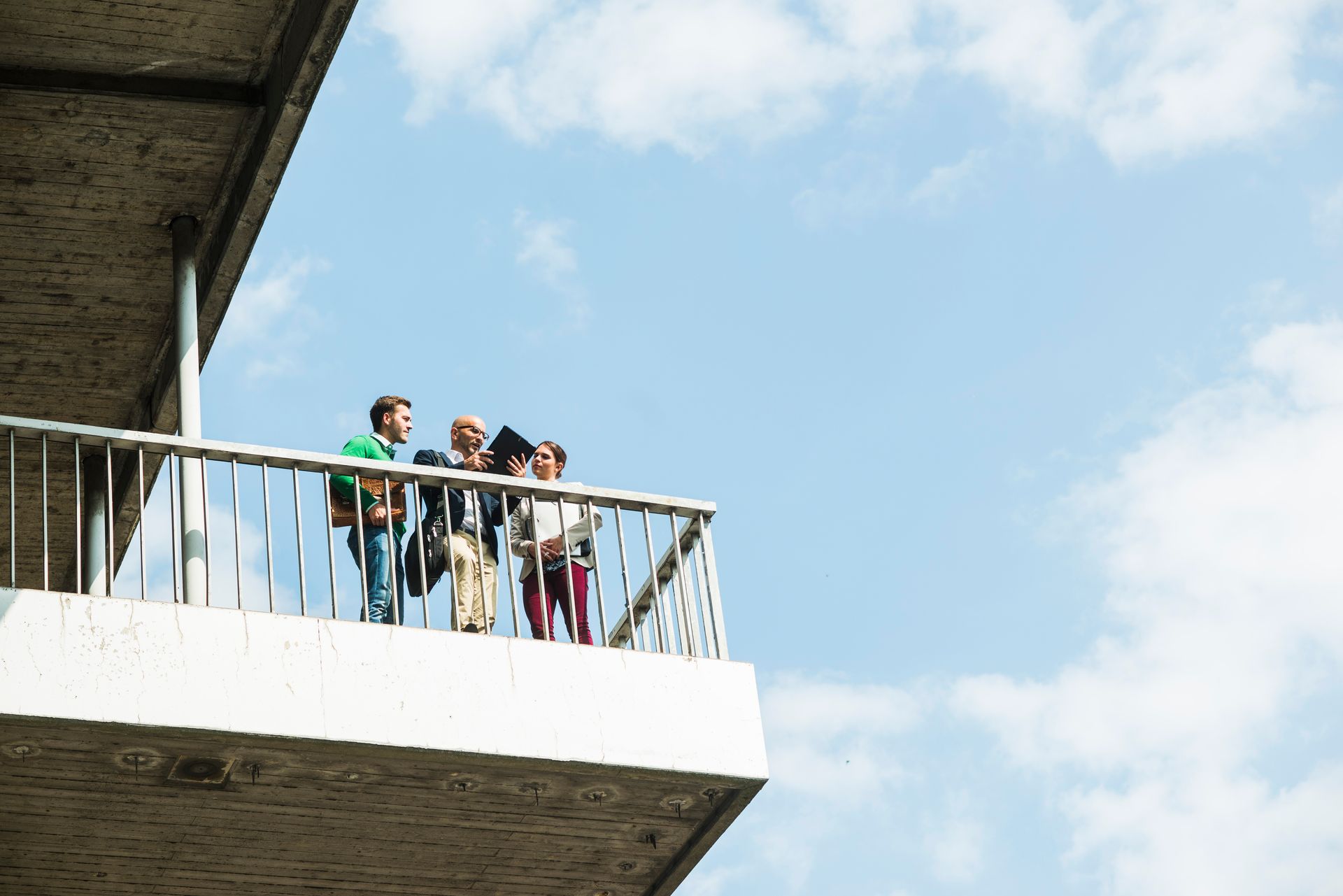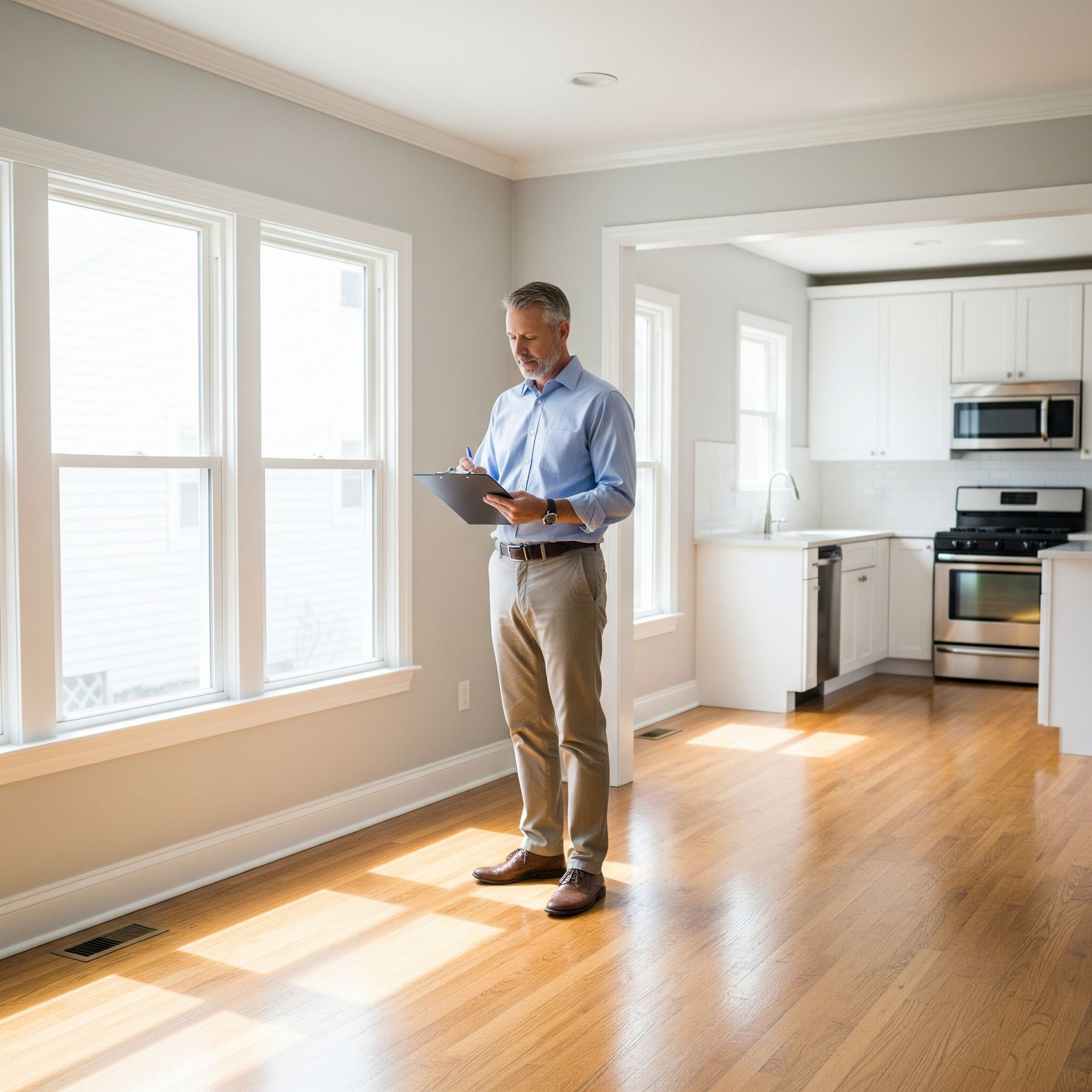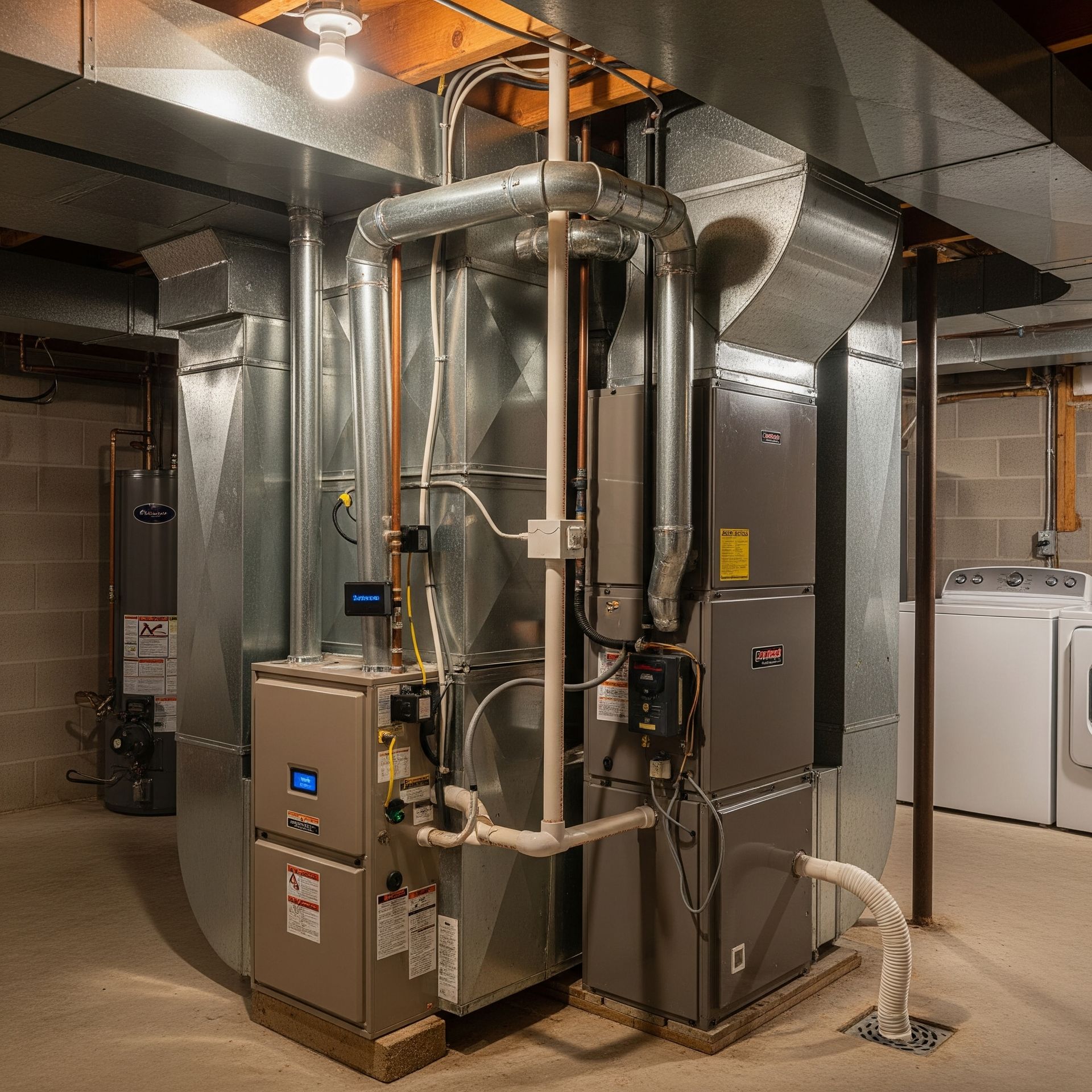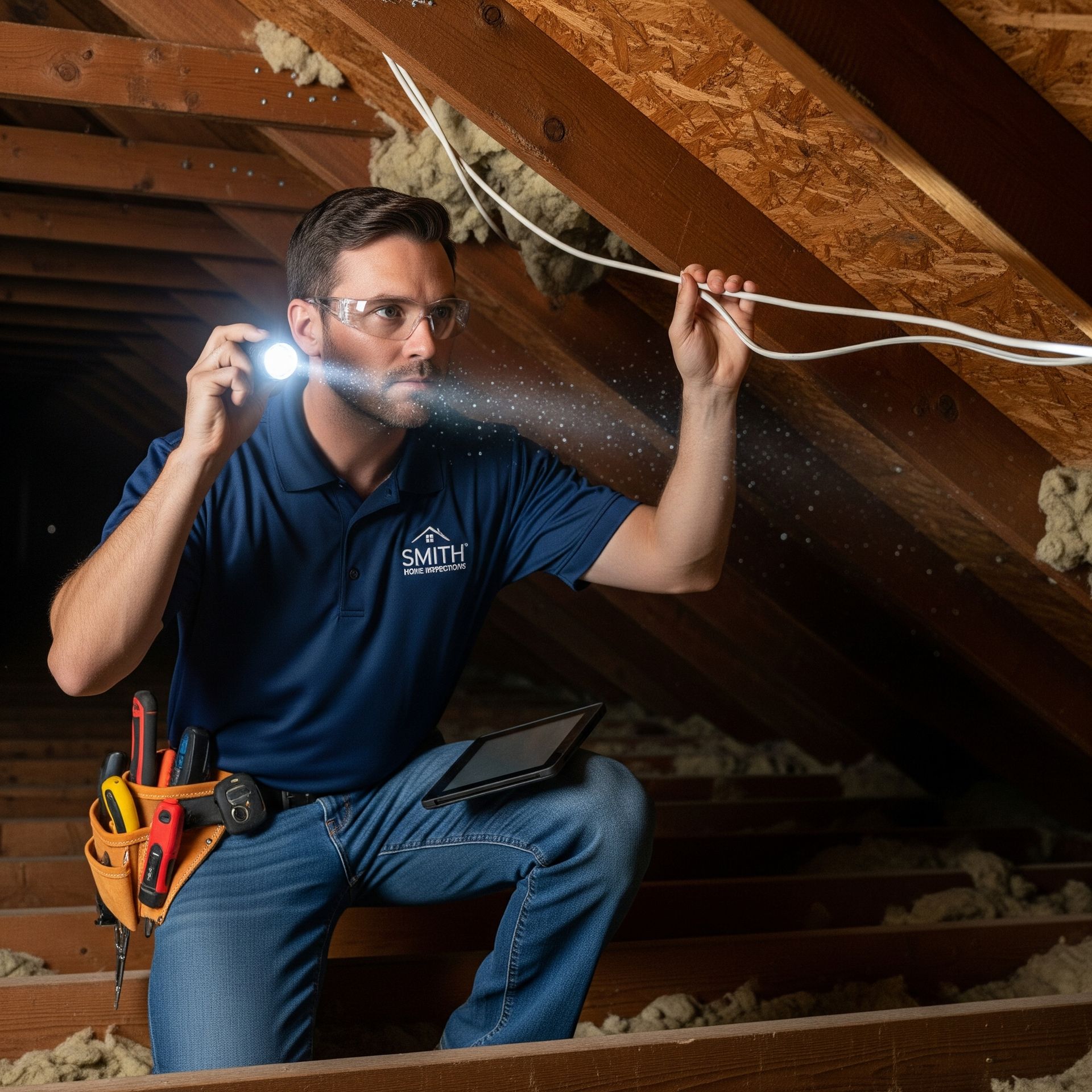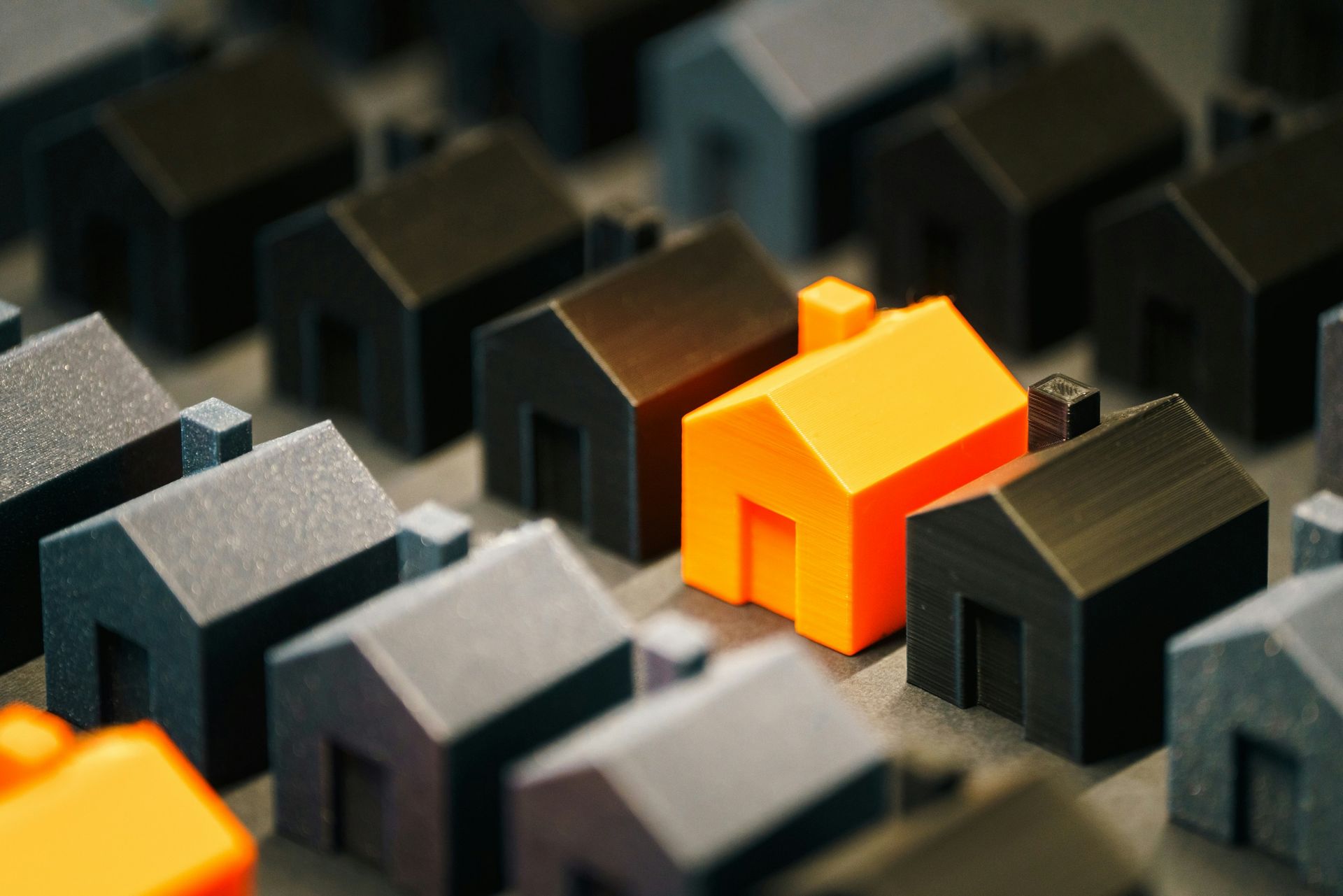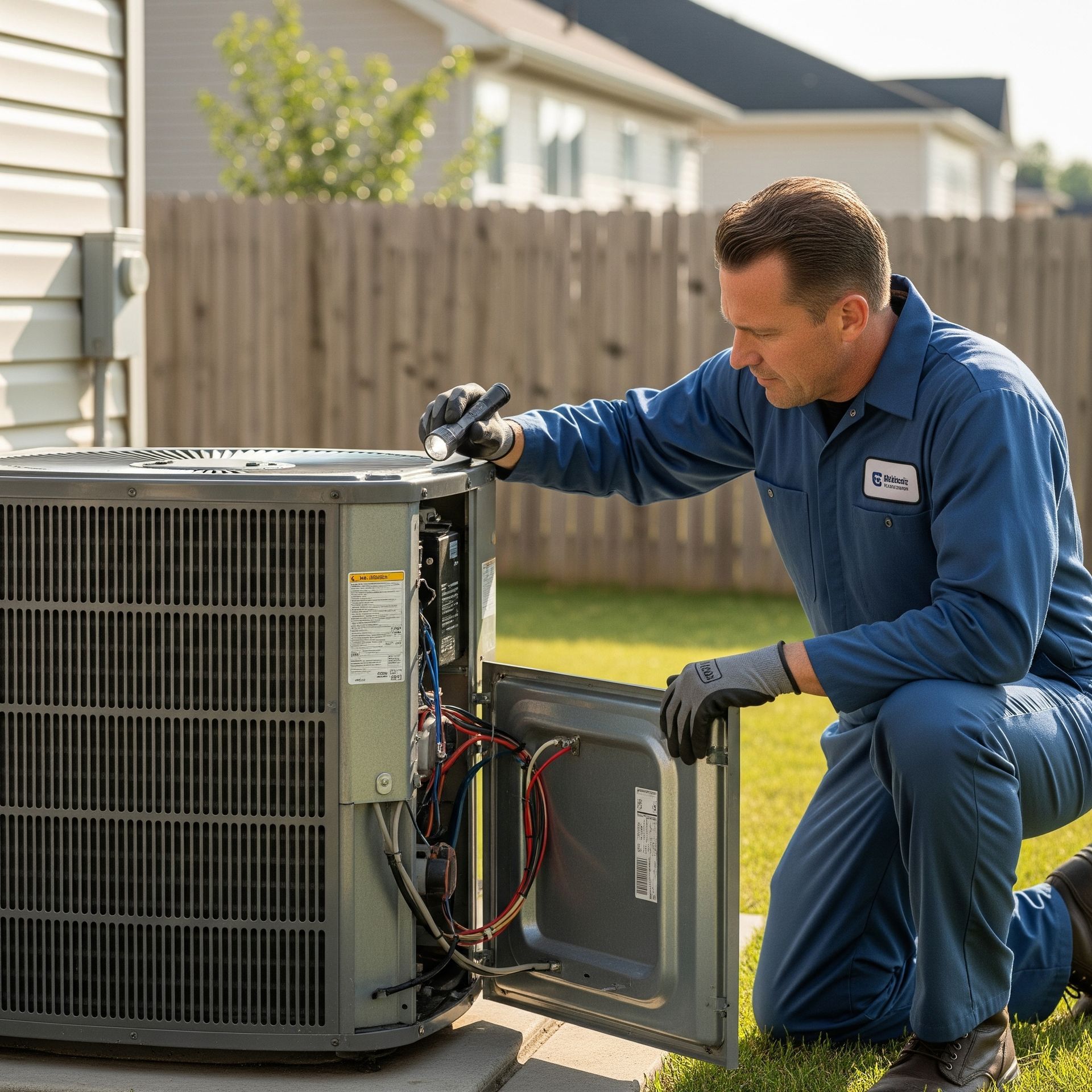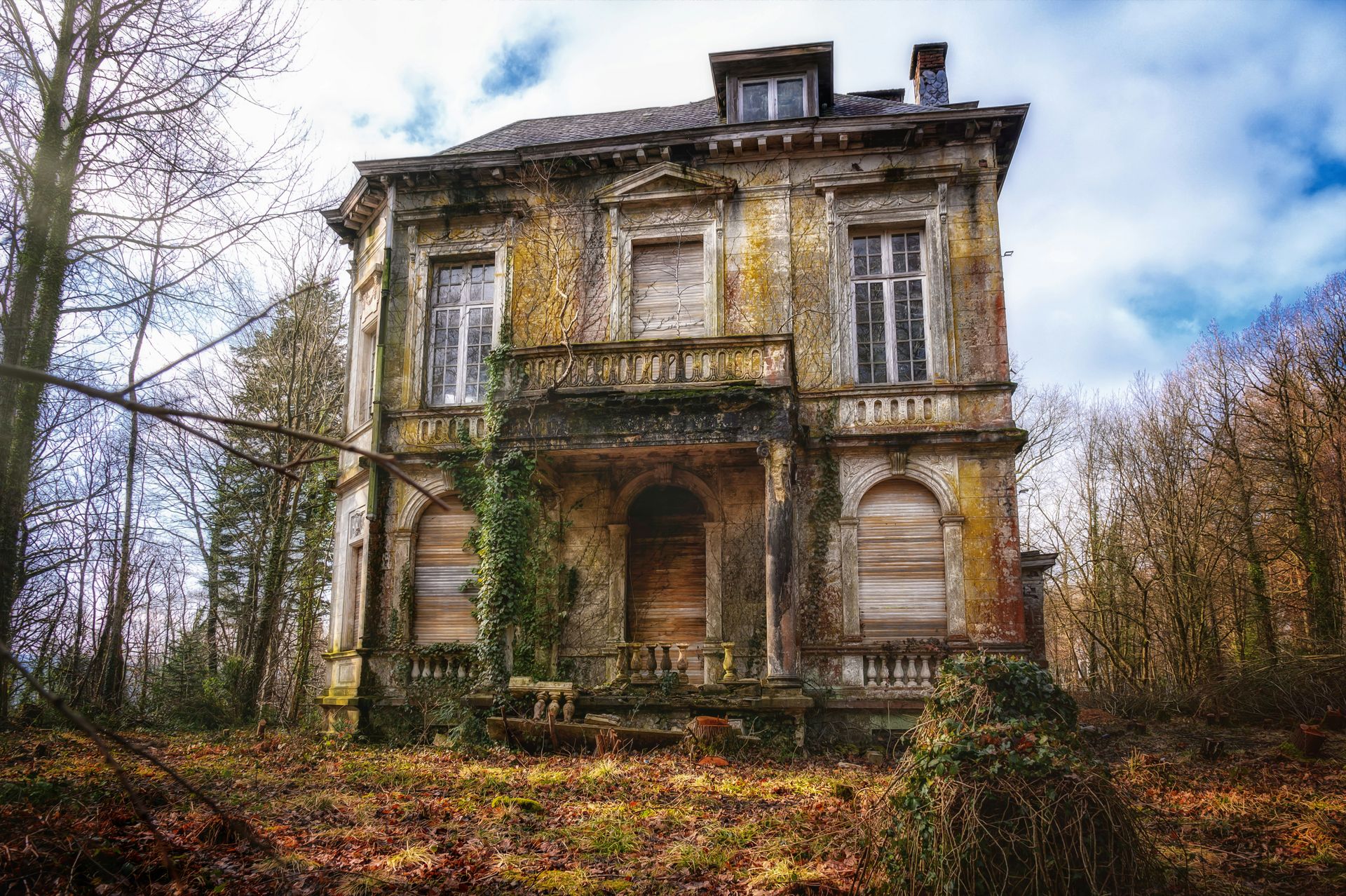What SB721 Means for California Landlords and Property Owners
California’s Senate Bill 721 (SB721), also known as the Balcony Safety Act, is a significant piece of legislation that impacts landlords and property owners of multifamily residential buildings. Enacted in response to a tragic 2015 balcony collapse in Berkeley that claimed six lives, SB721 aims to enhance tenant safety by mandating regular inspections of exterior elevated elements (EEEs) such as balconies, decks, and stairways. For property owners, understanding and complying with this law is crucial to avoid penalties, ensure tenant safety, and maintain property value. If you're unsure how the law affects your building, this SB721 compliance guide offers clear direction. Working with contractors who provide specialized construction services can also simplify the process and ensure your property meets all safety standards.
Key Takeaways
- SB721 requires inspections of exterior elevated elements in multifamily properties with three or more units by January 1, 2026.
- The law targets structural integrity and waterproofing systems to prevent accidents caused by deterioration or decay.
- Inspections must be conducted by licensed professionals, such as structural engineers or general contractors.
- After the initial inspection, re-inspections are required every six years to maintain safety standards.
- Compliance may involve significant expenses for inspections and repairs, impacting property budgets.
- Non-compliance can lead to fines, safety liens, or insurance complications for property owners.
Background of SB721
SB721 was signed into law on September 17, 2018, by then-Governor Jerry Brown, following a devastating incident in Berkeley where a balcony collapse at the Library Gardens Apartments resulted in six deaths and multiple injuries. Investigations revealed that the collapse was due to dry rot caused by water intrusion, highlighting the need for stricter safety regulations for elevated structures. The law specifically targets multifamily residential buildings with three or more units, focusing on exterior elevated elements (EEEs) like balconies, decks, porches, stairways, walkways, and their railings. These elements, often made of wood or wood-based materials, are prone to deterioration if not properly maintained, posing significant safety risks.
The legislation reflects California’s commitment to tenant safety and proactive property maintenance. It applies to rental properties, distinguishing it from Senate Bill 326, which covers condominiums and homeowners’ associations. By mandating regular inspections, SB721 seeks to prevent future tragedies and ensure that landlords maintain safe living environments for their tenants. For more insights on how this law applies to condo and apartment owners, see our
SB721 guide for Los Gatos multifamily properties.
What SB721 Requires
SB721 imposes specific obligations on landlords and property owners to ensure the structural integrity of EEEs. Here’s a detailed breakdown of the requirements:
Scope of Inspections
- Covered Structures: The law applies to EEEs that are more than six feet above ground level, designed for human occupancy, and supported by wood or wood-based materials. This includes balconies, decks, stairways, and walkways. For a detailed overview of safety risks, check out the article on common deck hazards that threaten home safety.
- Waterproofing Systems: Inspections must evaluate the associated waterproofing systems, as water intrusion is a leading cause of structural damage, as seen in the Berkeley collapse.
- Load-Bearing Components: The focus is on load-bearing elements, such as beams, joists, and railings, which are critical to the stability of EEEs.
Inspection Deadlines
- Initial Deadline: The first inspection must be completed by January 1, 2026, for buildings constructed before 2019. This deadline was extended from January 1, 2025, by Assembly Bill 2579 in 2024 to provide property owners additional time.
- Recurring Inspections: Subsequent inspections are required every six years to ensure ongoing safety compliance. Learn more about what these inspections entail in our breakdown of SB721 balcony inspection requirements.
Qualified Inspectors
- Inspections must be conducted by licensed professionals, such as structural engineers, architects, or general contractors with a Class B license.
- Inspectors must provide detailed reports that outline the condition of the EEEs, expected service life, and any necessary repairs or further inspections.
Reporting and Repairs
- Inspection Reports: Reports must be submitted to the property owner and, in some cases, local building departments. They should include clear assessments and recommendations for maintenance or repairs.
- Repair Obligations: If issues are identified, property owners must address them promptly. Failure to do so can result in safety liens or restricted access to hazardous elements.
- Notification: If an immediate hazard is found, the inspector must notify the property owner and local building officials within 15 days, and access to the affected area may be restricted until repairs are completed.
Implications for Landlords and Property Owners
Complying with SB721 has significant implications for landlords and property owners, ranging from financial considerations to operational challenges. Below are the key areas affected:
Financial Impact
- Inspection Costs: Hiring licensed professionals for inspections can be costly, especially for properties with multiple EEEs. Costs vary depending on the size and complexity of the property.
- Repair Expenses: If inspections reveal structural issues or waterproofing failures, repairs can be expensive, particularly for older buildings requiring extensive work.
- Budget Planning: Property owners must budget for both initial and recurring inspections, as well as potential repairs, to avoid financial strain.
Operational Challenges
- Tenant Coordination: Inspections may require access to tenants’ units, which can cause inconvenience. Landlords must provide reasonable notice (typically 24 hours) and coordinate with residents.
- Property Management: For large portfolios, managing inspection schedules, hiring qualified inspectors, and tracking compliance can be logistically complex. Our residential property management guide provides helpful tips to streamline the process.
- Local Regulations: Some cities, like Berkeley and San Francisco, have additional ordinances that may impose stricter requirements, adding to the compliance burden.
Legal and Insurance Risks
- Penalties for Non-Compliance: Failure to meet SB721 requirements can result in fines of up to $500 per day, safety liens, or legal action from tenants or local authorities.
- Insurance Implications: Non-compliance may affect a property’s eligibility for insurance coverage, as insurers may view uninspected EEEs as liability risks.
- Tenant Safety: Ensuring compliance demonstrates a commitment to tenant safety, reducing the risk of lawsuits in the event of accidents.
Long-Term Benefits
- Enhanced Safety: Regular inspections and maintenance reduce the risk of structural failures, protecting tenants and visitors.
- Property Value: Well-maintained properties are more attractive to tenants and potential buyers, preserving or increasing market value.
- Risk Mitigation: Proactive compliance minimizes legal and financial liabilities associated with safety hazards.
Practical Steps for Compliance
To navigate SB721 effectively, landlords and property owners should take a proactive approach. Here are practical steps to ensure compliance:
Identify Covered Elements
- Conduct an inventory of all EEEs on your property, including balconies, decks, stairways, and walkways elevated more than six feet.
- Verify credentials and ensure the inspector understands California’s balcony inspection laws. If your property is in San Jose, this housing inspections guide can help you navigate local expectations.
Hire Qualified Inspectors
- Research and hire licensed structural engineers, architects, or general contractors experienced in SB721 compliance.
- Verify credentials and ensure the inspector understands California’s balcony inspection laws.
Schedule Inspections Early
- Book inspections well before the January 1, 2026, deadline to avoid delays, as qualified inspectors may be in high demand.
- Plan for recurring inspections every six years to maintain compliance.
Address Repairs Promptly
- Review inspection reports carefully and prioritize any recommended repairs, especially those involving structural or waterproofing issues.
- Work with reputable contractors to complete repairs in accordance with local building codes. For homeowners looking for general inspection support, consider our residential inspection services; for larger buildings, check out our commercial property inspections.
Maintain Documentation
- Keep detailed records of inspection reports, repair work, and communications with inspectors and building departments.
- Store certification letters for at least two inspection cycles (12 years) for future reference.
Communicate with Tenants
- Inform tenants about upcoming inspections and provide the required notice as per California Civil Code Section 1954.
- Explain the purpose of inspections to foster transparency and trust.
| Compliance Checklist | Description | Deadline/Action |
|---|---|---|
| Identify EEEs | List all balconies, decks, stairways, etc. | Ongoing |
| Hire Qualified Inspector | Select licensed professional | Before Jan 1, 2026 |
| Schedule Inspection | Book inspection appointment | Before Jan 1, 2026 |
| Review Report | Assess findings and recommendations | Within 15 days |
| Complete Repairs | Address structural or waterproofing issues | Promptly |
| Submit Documentation | Provide reports to local authorities | As required |
Challenges for Smaller Property Owners
Smaller landlords, often referred to as “mom and pop” owners, may face unique challenges in complying with SB721. These include:
- Limited Budgets: Smaller property owners often operate on tight margins, making inspection and repair costs a significant burden.
- Lack of Expertise: Unlike large property management companies, smaller owners may lack the resources or knowledge to navigate compliance requirements.
- Market Impact: Some owners may choose to sell properties or remove units from the rental market to avoid compliance costs, potentially reducing affordable housing options.
To address these challenges, smaller owners can seek support from organizations like the
American Apartment Owners Association (AAOA) or consult with local housing authorities for guidance on cost-effective compliance strategies.
Frequently Asked Questions
What is SB721, and who does it apply to?
SB721 is California’s Balcony Safety Act, requiring inspections of exterior elevated elements in multifamily rental properties with three or more units. It applies to landlords and property owners of such buildings.
What happens if I don’t comply with SB721?
Non-compliance can result in fines of up to $500 per day, safety liens on the property, or insurance complications. It may also increase liability risks in case of accidents.
Who can perform SB721 inspections?
Inspections must be conducted by licensed professionals, such as structural engineers, architects, or general contractors with a Class B license.
How often are inspections required under SB721?
The initial inspection is due by January 1, 2026, with subsequent inspections required every six years.
Can I pass inspection costs to tenants?
Generally, inspection and repair costs are the landlord’s responsibility. However, consult local regulations and lease agreements, as some costs may be passed through in certain cases.
Final Thoughts
SB721 represents a critical step toward improving tenant safety in California’s multifamily rental properties. While the law introduces financial and operational challenges for landlords and property owners, it also offers long-term benefits by reducing risks, enhancing property value, and fostering trust with tenants. By understanding the requirements, planning ahead, and working with qualified professionals, property owners can navigate SB721 compliance effectively. Proactive steps, such as early inspections and prompt repairs, will not only ensure compliance but also contribute to safer living environments and sustainable property management.
If you need expert help or want to schedule an inspection,
contact our team today — we’re here to support your compliance every step of the way.
